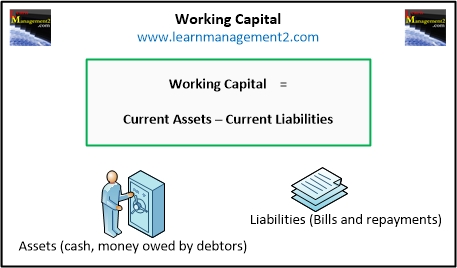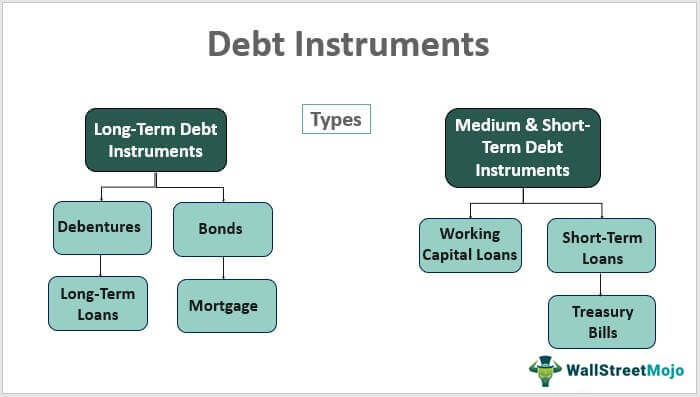EU Tariffs Explained: What You Should Know in the world of international trade, few topics are as crucial as tariffs. For businesses and consumers engaging in cross-border commerce, understanding EU tariffs explained is essential. The European Union (EU), with its complex and comprehensive trade policies, plays a significant role in shaping the global economic landscape. This article breaks down the key components of EU tariffs, their importance, and how they affect trade within and outside the union.
What Are EU Tariffs?
To begin with, let’s define what tariffs are. In essence, a tariff is a tax or duty imposed on goods crossing borders. EU tariffs explained refers to the taxation system imposed by the European Union on goods imported into the region from non-EU countries. These tariffs are set according to the European Union’s Common Customs Tariff, a unified policy ensuring all member states follow the same guidelines for import duties.

Tariffs can vary based on the product type, country of origin, and existing trade agreements. There are two main categories:
- Customs Duties: These are taxes on goods entering the EU.
- Anti-Dumping Duties: Imposed when goods are sold at artificially low prices, undermining local EU industries.
Why Are EU Tariffs Important?
Understanding EU tariffs explained is critical for businesses looking to trade within the EU. Tariffs serve several important functions:
Protecting EU Industries
One of the primary reasons the EU imposes tariffs is to protect local industries from cheap imports. For example, if foreign goods flood the market at a lower price, local manufacturers may struggle to compete. EU tariffs help maintain a level playing field, ensuring that European industries can thrive.
Revenue Generation
Tariffs also generate revenue for the EU. For countries within the union, tariffs on imported goods are a source of income that supports public services and EU-wide initiatives.
Promoting Fair Trade
The EU uses tariffs to combat unfair trade practices such as dumping, where countries sell goods below their production cost. Anti-dumping tariffs help safeguard EU industries and ensure fair competition.
How EU Tariffs Work
The EU’s tariff system is based on the Harmonized System (HS), a globally recognized classification system for goods. Each product is assigned a specific code, and the corresponding tariff rate is applied accordingly. These tariff rates can vary widely, depending on:
- Product type
- Country of origin
- Trade agreements in place
Import Tariffs
When goods enter the EU from non-EU countries, they are subject to import tariffs. The rate depends on the type of goods and the trade agreements the EU has with the exporting country. For instance, luxury items such as watches may face higher tariffs compared to essential goods like raw materials.
Preferential Tariffs
Under various trade agreements, the EU grants preferential treatment to certain countries. For instance, the EU may offer lower tariffs or even eliminate tariffs on products from developing nations. These preferential tariffs help foster economic development and improve trade relations.
Anti-Dumping Tariffs
When a country exports goods at a price lower than the cost of production, it can harm local industries. To protect European businesses, the EU imposes anti-dumping tariffs, which raise the price of the imported goods to a fair market level.
The Impact of EU Tariffs on Businesses
For businesses operating in or trading with the EU, tariffs have a direct impact on cost structures and pricing strategies. Let’s explore how businesses are affected by EU tariffs:
Importing Goods into the EU
When businesses import goods into the EU, they must pay the relevant tariffs, which increase the cost of the products. These higher costs may need to be passed on to consumers in the form of higher prices. Alternatively, businesses may absorb the cost to remain competitive, which can impact their profit margins.
For instance, a company importing electronics from China might face a 10% tariff. If the tariff rate increases, the cost of the product goes up, and the company must decide whether to raise prices or reduce its margins.
Exporting Goods from the EU
On the flip side, businesses exporting from the EU need to consider the tariffs imposed by the importing country. Some countries may charge high tariffs on EU goods, making it more expensive for European businesses to sell abroad. However, the EU also has trade agreements with many countries that reduce or eliminate tariffs, making exports more competitive.
Navigating EU Tariffs
Understanding how EU tariffs explained affect business operations is essential for businesses to develop effective strategies. Businesses need to stay informed about tariff rates, trade agreements, and the latest changes in tariff policies to avoid unexpected costs.
The Role of Trade Agreements in EU Tariffs
Trade agreements play a pivotal role in shaping EU tariffs explained. These agreements dictate the terms of trade between the EU and non-EU countries, including tariff rates. Let’s look at how these agreements work:
Free Trade Agreements (FTAs)
The EU negotiates FTAs with countries and regions around the world. These agreements lower or remove tariffs on a variety of goods, helping businesses trade more freely. For example, the EU’s trade agreement with Japan eliminates tariffs on a range of products, making it easier for European manufacturers to access the Japanese market.
Bilateral and Multilateral Agreements
The EU also participates in multilateral trade negotiations, such as those under the World Trade Organization (WTO). These agreements are designed to reduce global trade barriers and tariffs, creating a more predictable trading environment.
The Future of EU Tariffs
As the global economy continues to change, so too will EU tariff policies. There are several key trends that are likely to influence the future of tariffs within the EU:
Digital Economy and E-Commerce
As the digital economy grows, the EU must adapt its tariff policies to include digital goods and services. This may include setting tariffs on digital products like software, e-books, and streaming services. Additionally, issues related to cross-border data flow and privacy will play a role in shaping future tariff structures.
Environmental Considerations
Climate change and sustainability are major considerations for the EU moving forward. The EU may introduce tariffs on products that do not meet environmental standards or implement carbon taxes on imports. For example, the EU is considering a carbon border adjustment mechanism to penalize countries with less stringent environmental regulations.
How to Stay Informed About EU Tariffs
For businesses and individuals looking to stay informed about EU tariffs explained, it is essential to monitor updates from official EU websites and trade organizations. Tariffs can change frequently based on new trade agreements, policy shifts, and global economic conditions.
Working with Customs Brokers
Customs brokers are experts who can help businesses navigate the complexities of importing and exporting goods under EU tariff rules. They can assist in classifying products, calculating the right tariff rates, and ensuring compliance with EU regulations.
Engaging with Trade Associations
Trade associations often provide valuable insights into the latest developments in EU trade policies. By staying connected with these organizations, businesses can keep up to date with changes in tariff rates and trade agreements.
In conclusion, understanding EU tariffs explained is crucial for businesses involved in international trade. Whether you’re importing goods into the EU or exporting products abroad, tariffs impact your operations, pricing strategies, and profitability. Staying informed about EU tariff rates, trade agreements, and policy changes will help businesses navigate the complexities of the global trade environment and maintain a competitive edge.




